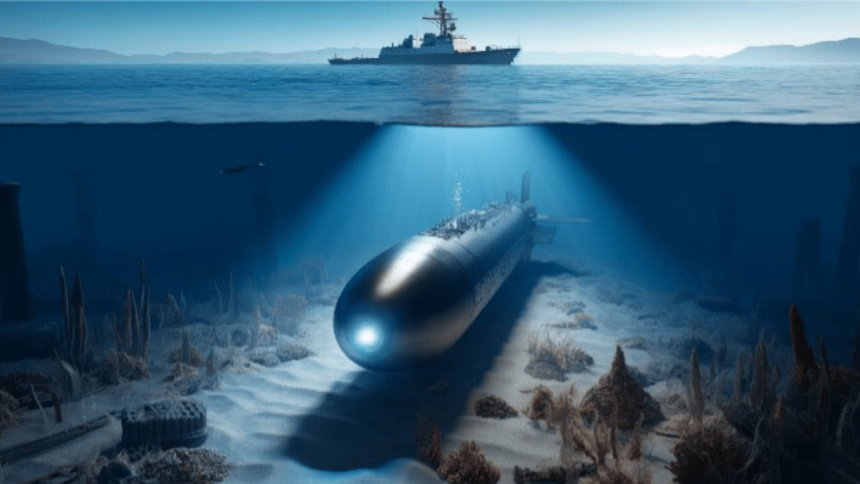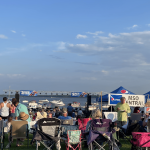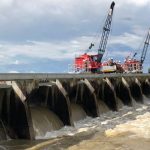The University of Southern Mississippi has partnered with a military branch to help advance undersea operations through the use of artificial intelligence and propel the U.S. ahead of global competition.
Through a cooperative research and development agreement, Southern Miss and the Commander, Naval Meteorology and Oceanography Command are joining forces to advance capabilities in seabed warfare, uncrewed systems autonomy, and ocean data science.

Strides in progress will include leveraging cutting-edge uncrewed systems platforms, sensors, and recent advances in generative AI to address challenges in naval meteorology and oceanography.
The collaboration will produce a series of demonstrations aimed at enhancing the Department of Defense’s operational efficiency and technological capabilities in not only congested coastal areas, but also at depths near the seabed.
“Our combined efforts will not only push the boundaries of naval technology but also provide invaluable training opportunities for DoD personnel, ensuring our armed forces remain at the forefront of innovation,” USM Vice President of Research Dr. Kelly Lucas said.
The USM enterprise will be led by scientists and engineers from the Roger Wicker Center for Ocean Enterprise. Scientists from the Naval Oceanographic Office will represent the federal government’s side of the partnership. Both teams will invest significant resources over the next four years including personnel, research facilities, and access to test data from USM’s CUBEnet system, as well as Navy databases.
A core focus of the cooperative research and development agreement will be the exploration of trusted autonomy, advanced sensors for seabed warfare, and the integration of uncrewed systems data with USM’s newly upgraded AI-powered CUBEnet system. These initiatives promise to revolutionize the Navy’s operational capabilities in critical maritime domains.
“This CRADA exemplifies our commitment to fostering innovation and securing a technological edge for the Navy. Our collaboration with USM is a very real step in our ongoing efforts to ensure maritime superiority,” Commander, Naval Meteorology and Oceanography Command Chief Technical Officer Betty Jester said.







